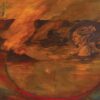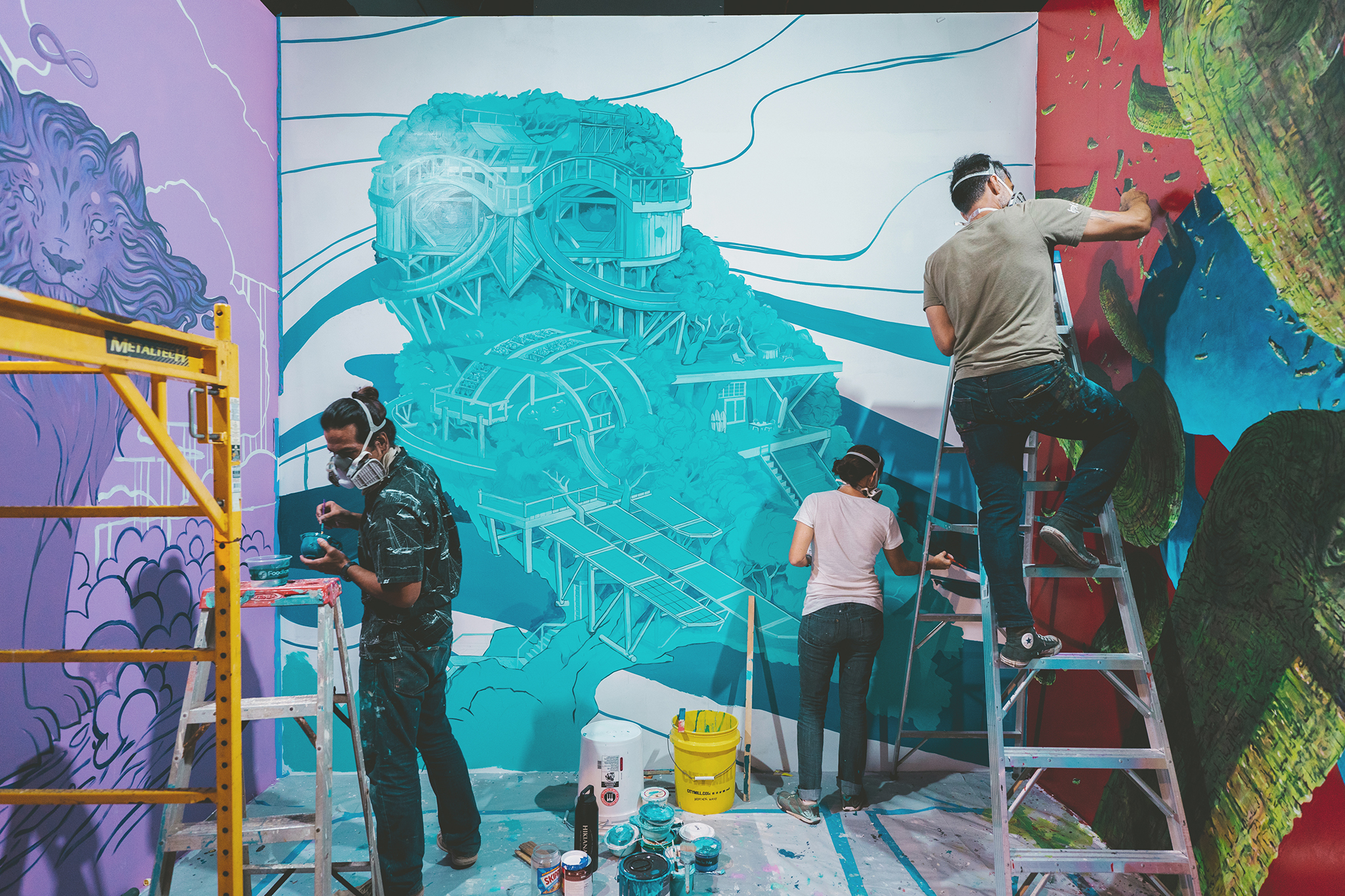Text by Naz Kawakami
Images by Ian Lundie, Brandon Miyagi, Jonas Maon, Pete Utalan
and courtesy of the artists
Hawai‘i-based arts organization Worldwide Walls, formerly known as Pow! Wow!, has done a lot of good in communities around the world. It has provided artists with professional and creative opportunities and facilitated meaningful engagement between the public and the arts through its international mural festivals. Now, the team behind Worldwide Walls has turned their focus toward education in underrepresented and underserved communities in their own backyards.
Through its NFT for Good initiative, Worldwide Walls has launched an NFT-based gallery on MakersPlace, a digital marketplace for NFTs, to fund the beautification of public housing, community centers, and schools, as well as provide funds to expand its existing educational programs.
A cohort of local artists—Jasper Wong, Lucky Olelo, Woes, Shar Tuiasoa, and Wooden Wave—have contributed works of art for the gallery, committing 10 percent of proceeds to the project’s goals, which focus primarily on the Kalihi-Pālama neighborhood.
An industry valued at more than $40 billion, NFTs are one of today’s most exciting and controversial technological developments, due in part to its reshaping of the culture and economics of the global art world.
You May Also Like: State of the Art
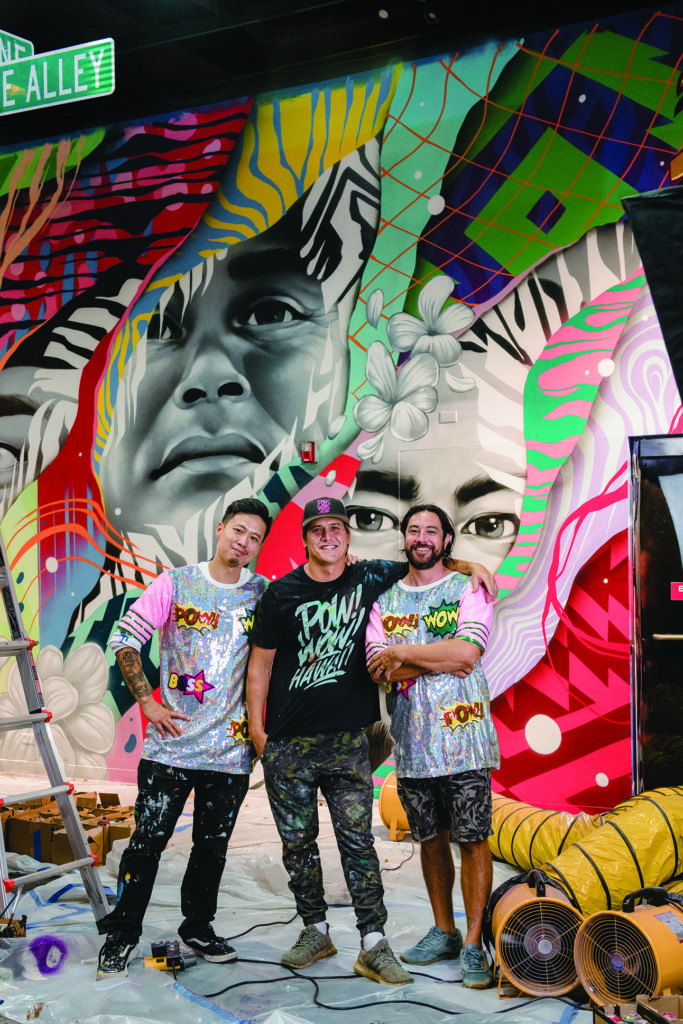
An NFT, or “non-fungible token,” is a set of data which is stored on a blockchain, a digital ledger where cryptocurrency transactions are recorded, and is represented by a specific graphic image or work of digital art (a video, a photograph—any digital file, really). The NFT itself, then, is not the artwork, but rather the transaction data recorded on the blockchain, which verifies the work’s authenticity, ownership, and monetary value, and serves as the apparatus by which artists and art collectives like Worldwide Walls are able to operate outside of traditional art institutions.
Though most famous for its forward-thinking mural events in cities such as Honolulu, London, and Venice, Worldwide Walls has also been devoted to quieter projects at home, including filling in the gaps in public arts education in the islands. A Kalani High School alumnus, founder Jasper Wong experienced those gaps firsthand.
“As a public school kid, I remember art and music being forgotten to a degree,” Wong says. “When there are budget cuts, public schools tend to remove art and music curriculum first, and in Hawai‘i, there are always budget cuts.”
Dismissed as nothing more than a hobby, art is often put on the chopping block for its perceived lack of value, Wong explains. The booming popularity and monetization
of NFTs, however, have begun to turn that perception on its head, with digital works of art going for upwards of millions of dollars, sold and traded independently of formal institutions and galleries and entirely over the internet.
“NFTs validated digital art within the fine art world,” Wong says, allowing artists to offer up their work on the global market and turn a profit. Moreover, NFTs provide Worldwide Walls a language in which to educate students on the business side of the art that they produce.
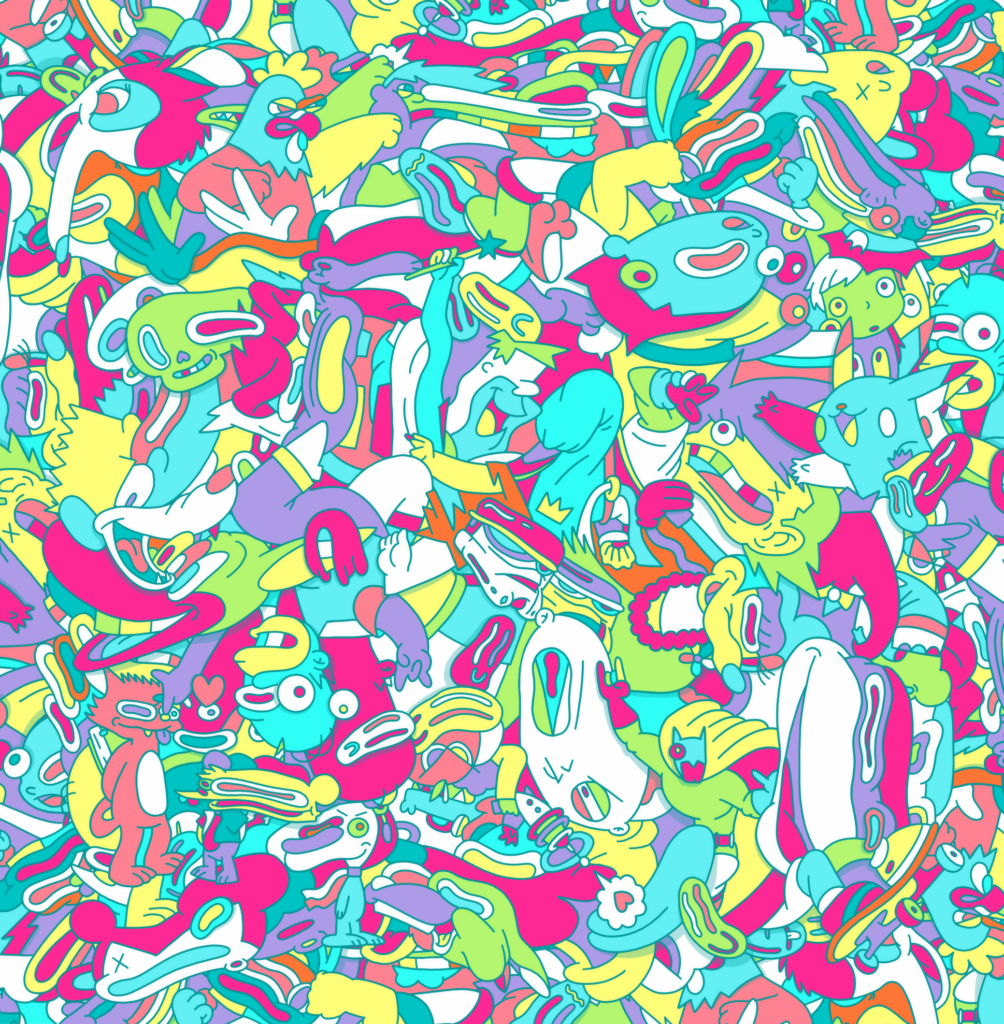
NFTs validated digital art within the fine art world.
Jasper Wong
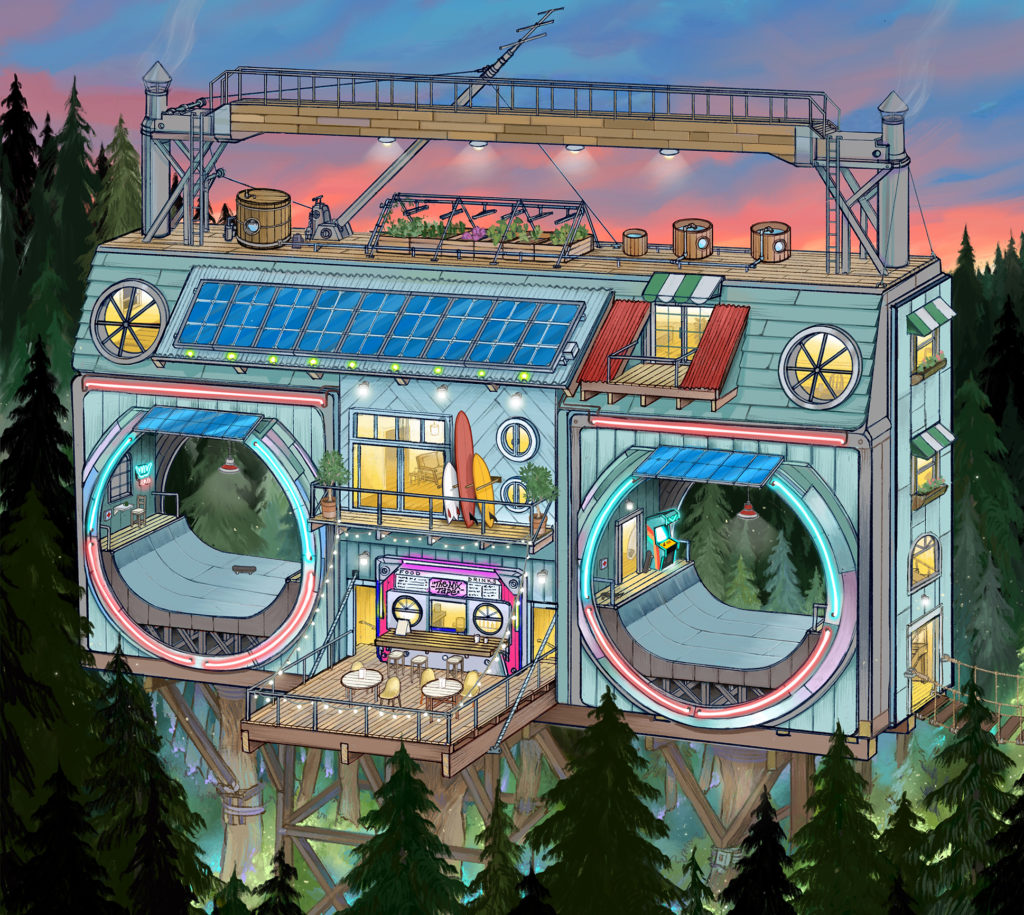
Worldwide Walls is working in support of institutions like Palama Settlement, which has been engaged in community outreach and education for more than a century. During the pandemic, as students started distance learning, many didn’t have ready access to computers or the internet to keep up with their education.
As a result, students either dropped several grades behind or fell out of the school system altogether. This issue is what the community center has been addressing as of late, and where Worldwide Walls seeks to support them: by teaching art curriculum and helping to provide necessary materials such as art supplies and iPads.
Through NFT for Good, Worldwide Walls will ultimately provide the Kalihi-Pālama area with new murals and works of art for the community to view, to enjoy, and, perhaps most importantly of all, to share in their creation. After all—if the organization’s years of collaborative mural festivals have proven anything—it’s what goes into a work of art that makes it beautiful.



